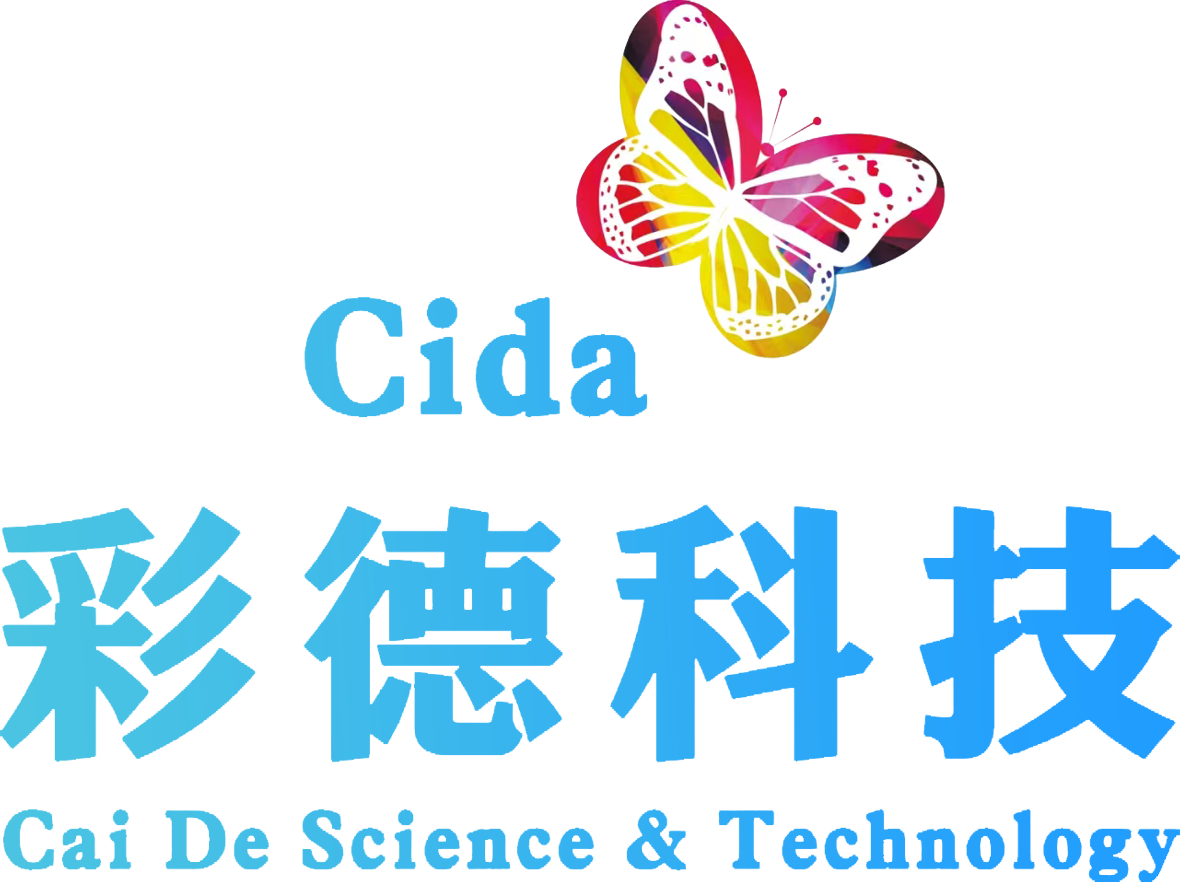Sharpen your eyes, don't be misled, authoritative science popularization of fluorescent whitening agents
Release time:
2024-09-29
Fluorescent whitening agents, while commonly used as additives in everyday household products, are often criticized by consumers, with claims of harm frequently causing alarm. The explanations regarding fluorescent whitening agents found online and in daily life are varied and inconsistent. What exactly are fluorescent whitening agents? And does their addition to soaps and other detergents in moderate amounts pose any health risk? This article will provide detailed answers.
Fluorescent whitening agents, while commonly used as additives in everyday products, are often criticized by consumers, and claims of their harmfulness frequently cause public alarm. Explanations of fluorescent whitening agents abound online and in daily life. What exactly are fluorescent whitening agents? And does the addition of a small amount of fluorescent whitening agent to soaps and other detergents pose a health risk? This article provides detailed answers.
Fluorescent substances are ubiquitous in nature. Fluorescent substances are commonly found in nature, such as fireflies and jellyfish. These animals and marine organisms can glow because they contain various fluorescent proteins. Some fluorescent substances also exist in the human body, such as some amino acids, vitamins A and E, and hormones.
Glowing = Harmful is a misconception!
In fact, whether a substance glows has no absolute correlation with whether it contains a fluorescent agent or is toxic. Fluorescence is merely a purely physical phenomenon, involving no chemical reaction and causing no adverse effects on human health. Moreover, some nutrients in the human body also contain fluorescent components. Therefore, testing products simply by using a UV lamp is not scientific.
What are fluorescent whitening agents?
According to the national standard GB/T6687-2006 "Dye Terminology," a fluorescent whitening agent is a colorless fluorescent dye that, under ultraviolet light, emits blue or violet light, complementing the yellow light on the substrate to produce a whitening effect. In simpler terms, fluorescent whitening agents use optical complementary colors to whiten, brighten, or enhance the color of white or light-colored items (such as soap, detergents, textiles, plastics, and paper). It does not react chemically with the item but relies on optical effects to increase the whiteness of the object, using fluorescence to increase the visual sense of whiteness. Therefore, fluorescent whitening agents are also known as "optical brighteners" or "white fluorescent dyes".
Human safety of fluorescent whitening agents added to soap. Since the 1950s and 60s, research on the safety of fluorescent whitening agents has been conducted abroad. Many toxicologists and independent organizations and research institutions, such as the European Chemical Industry Association, the European Soap and Detergent Association, the Japanese National Institute of Health Sciences, and the Japan Soap and Detergent Association, have conducted comprehensive and in-depth research and published reports. The results show that fluorescent whitening agents have no skin sensitization, phototoxicity, oral toxicity, dermal toxicity, reproductive toxicity, mutagenicity, or carcinogenicity. The experimental conclusions on the safety of using fluorescent whitening agents are supported by detailed experimental methods, a large amount of experimental data, and result evaluation methods.
Currently, China's industry standard for fluorescent whitening agents used in detergents, "Fluorescent Whitening Agents for Detergents" (QB/T2953-2008), has just been revised and officially implemented on November 1, 2023. "It specifies the terms and definitions, product classification, requirements, test methods, inspection rules, marking, packaging, transportation, and storage of fluorescent whitening agents for detergents. This standard applies to fluorescent whitening agents added to the formulations of various laundry detergents for clothing."
As early as August 2011, the China Washing Products Industry Association held a "Media Meeting on the Safety of Fluorescent Whitening Agents for Detergents" in Beijing, and relevant authoritative experts concluded that "laundry detergents containing fluorescent whitening agents are safe for humans and the environment." The former Ministry of Chemical Industry's Pesticide Safety Evaluation and Supervision and Inspection Center also conducted toxicity tests on the fluorescent whitening agent CBS-X (belonging to the diphenylethylene-biphenyl class), and the results confirmed that at the given dose, the fluorescent whitening agent was of low toxicity and non-irritating.
Adding fluorescent agents can improve the whiteness of laundry powder or soap, improve the appearance of detergents, and enhance product quality. The human safety of fluorescent whitening agents in such products as soap and laundry detergent has been rigorously demonstrated, and they can be used with confidence.
Facing the reasonable use of fluorescent whitening agents. In summary, as consumers, we should rationally choose regular products and not be overly afraid of fluorescent whitening agents. Therefore, if fluorescence is detected using a UV flashlight in daily life, there is no need to panic. As long as products are purchased through regular channels, they can be used with peace of mind.
The fluorescent whitening agents added to regular, qualified soaps, detergents, and other cleaning products we use daily have no negative impact on the human body. In fact, not only fluorescent whitening agents, but the content of all product additives that meet national standards is within the safe range. We hope that consumers will not believe rumors, and whether it is daily necessities or food, pay attention to avoiding the purchase of irregular products without proper labeling.
Tag:
Related News
Contact Us
Telephone:+86-0716-5250068
EMAIL:cida18@163.com
Address: Qingji Industrial Park, Gongan County, Jingzhou City, Hubei Province
©2024 Hubei caide new material technology co., ltd all rights reserved this website has supported IPV6


 关注我们
关注我们